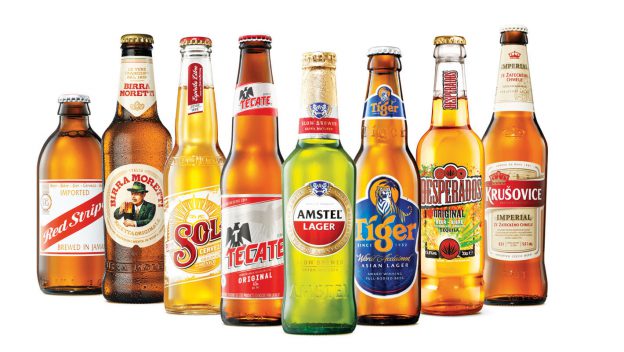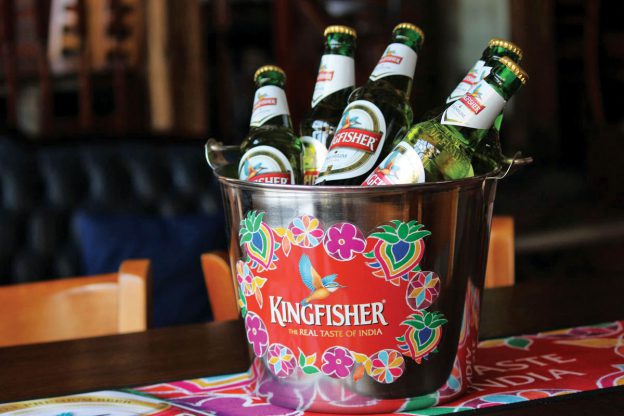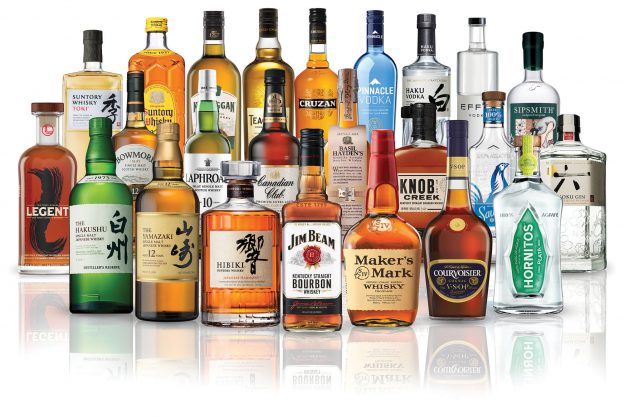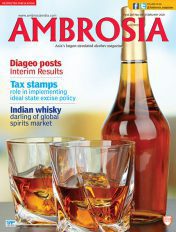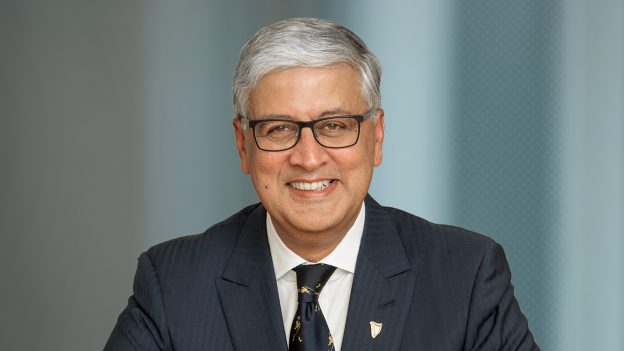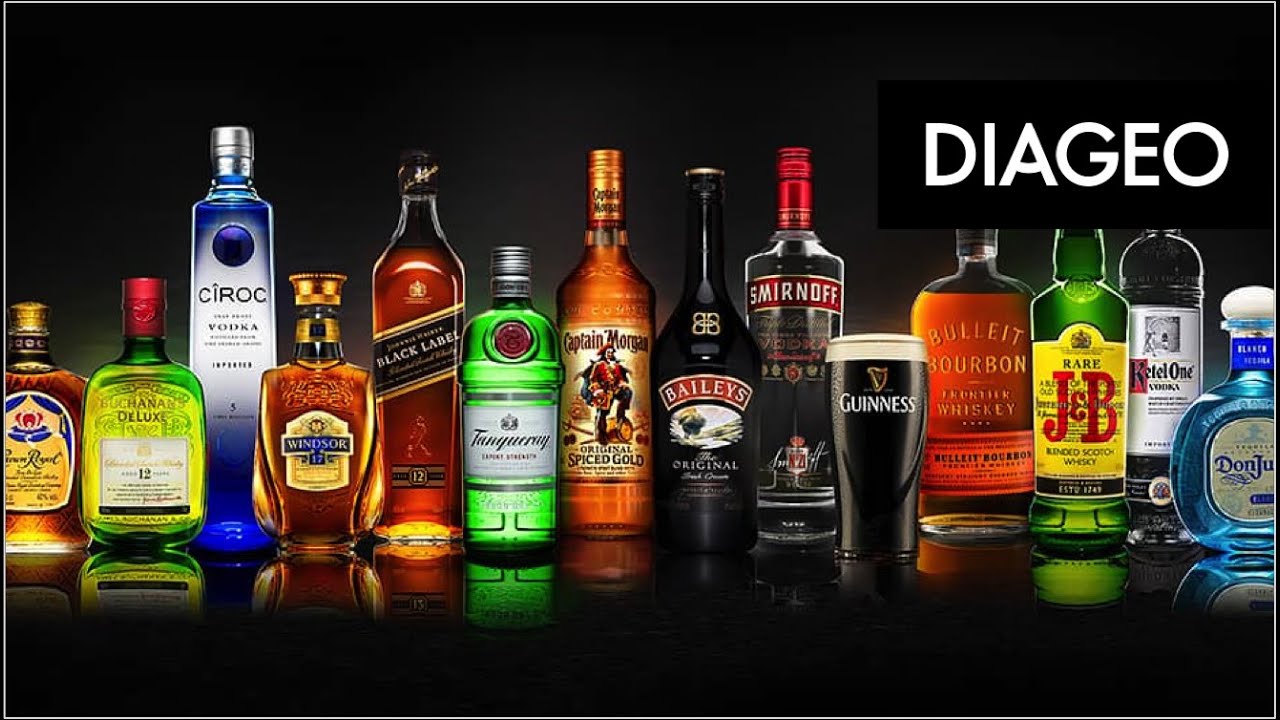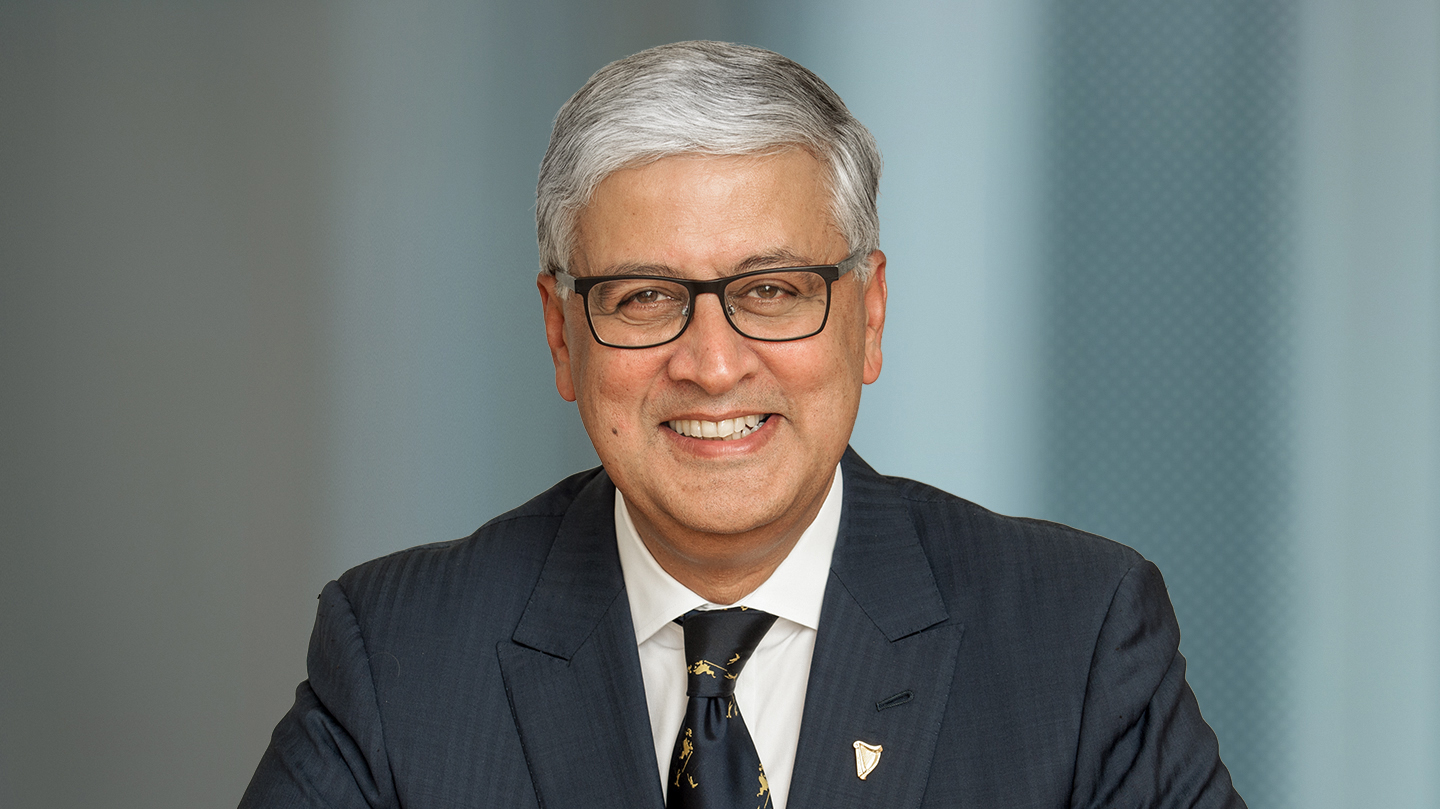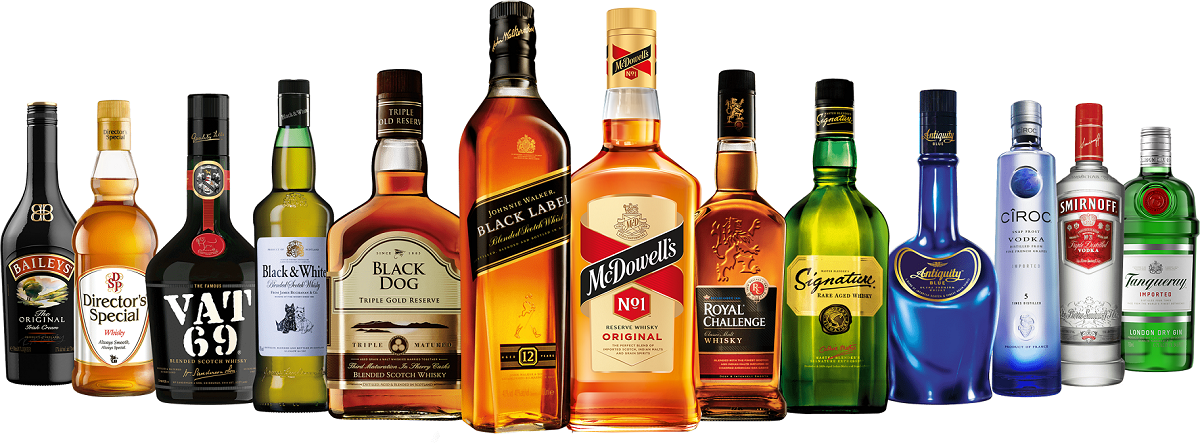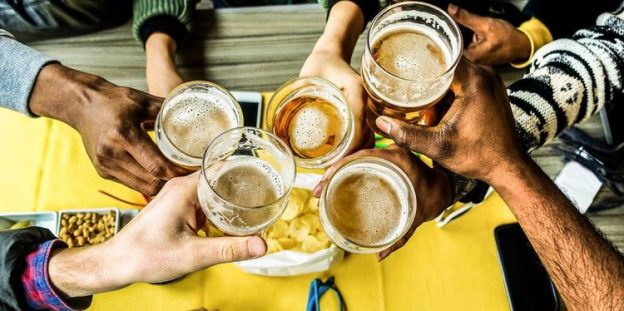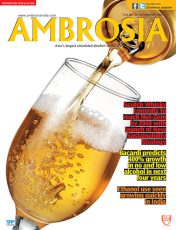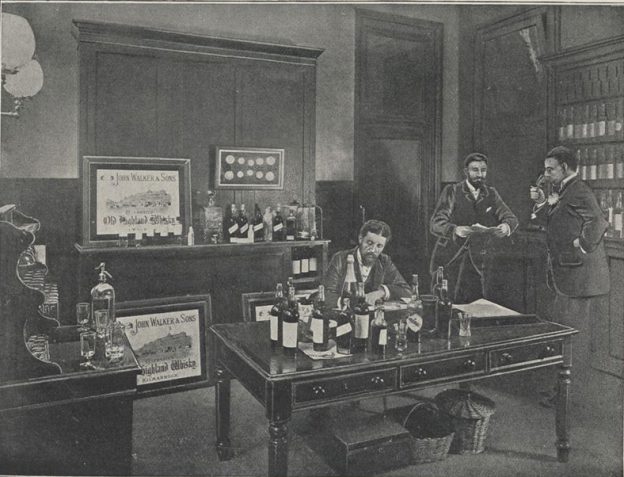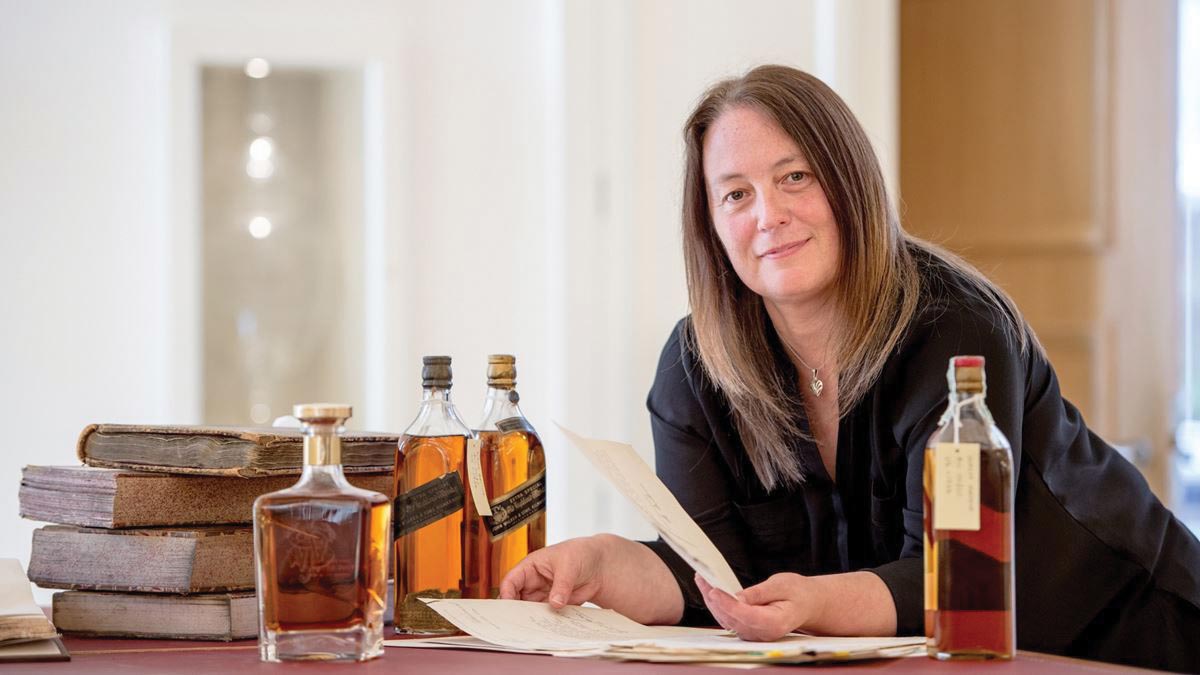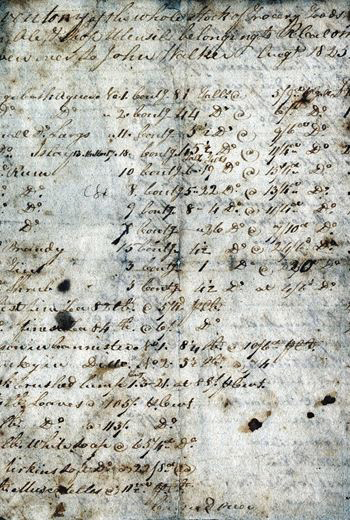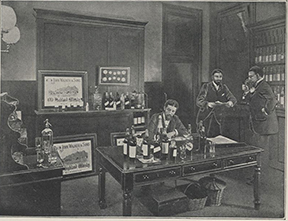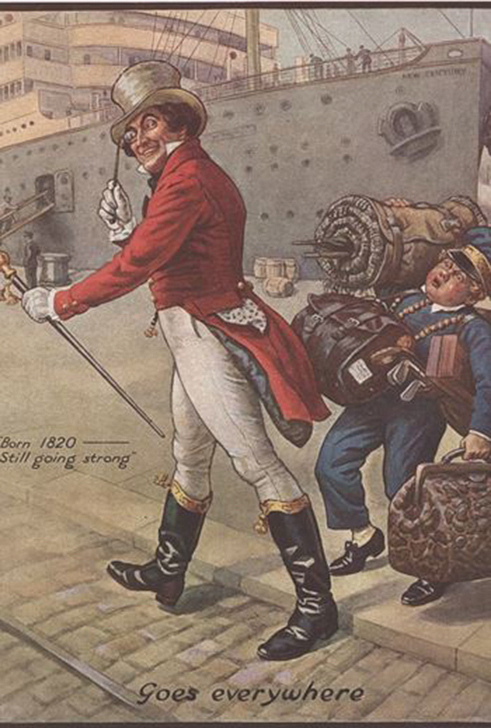To start off, it has been assessed by the World Health Organisation that an individual consumes about 6.2 litres of alcohol per year. According to the World Health Organization (WHO), average alcohol consumption in India was 5.7 litres per person above the age of 15 per year in 2016, up from 4.3 litres in 2010. On per capita consumption, India is ranked 101 (with Moldova leading with 15.2 litres. In the immediate neighbourhood, the figure for Pakistan is 0.3 litres and China is 7.2 litres).
Moreover, about a third of India’s population consumes alcohol on a regular basis and 11% of the total number of Indians are moderate or heavy drinkers. One-third of males and one-fourth of females in India who have made it a part of their lives say, in surveys, that it causes problems to their physical health, finances and household responsibilities. But alcohol —the recent events have shown—is an intricate and essential part of the Indian economy.
Now let us evaluate state wise consumption of alcohol, measured in consumption per capita, per week in millilitres. For Toddy and country liquor, Andhra Pradesh and Telengana have the highest levels of consumption which drops to the lowest levels in states like Jammu and Kashmir, West Bengal, Maharashtra and Gujarat (for obvious reasons). The consumption in these states are as low as 100 ml per capita per week. Levels of Toddy consumption have seen a sharp decline in the northern state of Bihar as well, which still ranks in the medium to average range (101 – 500 ml. per capita per week).
Moving on to beer, imported wine and imported alcohol varieties, we see that Andhra Pradesh and Telangana still consume more than 300 ml. per capita, making those states the highest consumers in this category. Himachal Pradesh shows a sudden spike (101- 300 ml), and so do the north eastern states of Arunachal Pradesh and Mizoram and the islands of Andaman and Nicobar (>300 ml). Goa too, sees a high trend in this category, with the average between 101 and 300 ml per capita per week. The rest of the country remains quite conservative in their consumption trends of Indian Made Foreign Liquor (IMFL) varieties.
Overall, it has been observed that the Union Territories of Dadra and Nagar Haveli, Arunachal Pradesh, Andaman and Nicobar Islands, Andhra Pradesh, Telengana, Daman and Diu, Sikkim and Pondicherry are among the highest consumers of spirits and alcohol varieties in India.
Now one of the reasons why there has been greater number of calls for bans on alcohol in certain areas is due to the fact that these regions suffer from chronic alcoholism and resultant poverty. The regular consumption of any variety of alcohol and especially country made liquor has also been found to be inversely proportional to family income, thus providing further evidence for this trend.
Consumption of local brews and toddy is one of the major reasons for deaths in alcohol related incidents. In recent years, about 136 people were killed in one single incident. In January 2015, in a village in eastern Maharashtra, 94 people lost their lives due to hooch liquor contamination and resulting toxicity. The states that have prohibition in place presently are: Nagaland (since 1989), Manipur (since 1991, except the hill districts), Kerala (2014), Gujarat and Lakshadweep (on all islands except Bangaram).
India is one of the fastest growing alcohol markets in the world. Rapid increase in urban population, sizable middle class population with rising spending power, and a sound economy are certain significant reasons behind increase in consumption of alcohol in India.
Indian Alcohol Consumption – The Changing Behavior provides a comprehensive analysis of the market size of alcohol industry on the basis of type of products, consumption in different states, retail channel and imported and domestic. The Indian alcohol industry is segmented into IMFL (Indian made foreign liquor), IMIL (Indian made Indian liquor), wine, beer and imported alcohol. Imported alcohol has a meager share of around 0.8% in the Indian market. The heavy import duty and taxes levied raise the price of imported alcohol to a large extent. Alcohol is exempted from the taxation scheme of GST.
The Indian alcohol market is growing at a CAGR of 8.8% and it is expected to reach 16.8 billion liters of consumption by the year 2022. The popularity of wine and vodka is increasing at a remarkable CAGR of 21.8% and 22.8% respectively. India is the largest consumer of whiskey in the world and it constitutes about 60% of the IMFL market.
Though India is one of the largest consumers of alcohol in the world owing to its huge population, the per capita alcohol consumption of India is very low as compared to the Western countries. The per capita consumption of alcohol per week for the year 2016 was estimated at 147.3 ml and it is expected to grow at a CAGR of 7.5% to 227.1 ml according to estimates.
The states of Andhra Pradesh, Telangana, Kerala, Karnataka, Sikkim, Haryana and Himachal Pradesh are amongst the largest consumers of alcohol in India. The most popular channel of alcohol sale in India is liquor stores as alcohol consumption is primarily an outdoor activity and supermarkets and malls are present only in the tier I and tier II cities of India.
The trends and pattern of alcohol consumption are changing in the country. With the increasing acceptance of women consuming alcohol, growing popularity of wine and high demand for expensive liquor, the market scenario seems to be very optimistic in the near future.
The study reflected changing pattern of the consumer’s mindset towards alcohol consumption in India. 3% of the respondents who consumed alcohol favoured wine for its health benefits. Though the popularity of whisky is highest in the Indian market, its market share is expected to decrease in future.
Alcohol consumption in high-income countries witnessed constant growth, but it has been growing in low and middle-income countries as well. Before 1990, Europe had recorded the highest level of alcohol use. However, the study forecasts that Europe will not hold that title for long.
Going ahead, the world will drink more, and more people will drink as well. The research also suggests that almost half the adults across the world will consume alcohol by 2030, whereas a quarter of them will become binge drinkers.
Binge drinkers are those people who drink 60 grammes or more pure alcohol in one or more sittings, in a month.
Starting Young
Indians are not just drinking more, they are drinking dangerously as well. As many as 57 million people are facing the after-effects of alcohol addiction. A survey by the Community Against Drunken Driving (CADD) revealed that over 88% of youth below 25, consume or purchase alcohol though it’s illegal. Punjab, Goa, Tripura, Chhattisgarh and Arunachal Pradesh rank high on alcohol consumption. However, Uttar Pradesh has the highest number of alcohol drinkers in India.
Regulating alcohol
A few state governments like Bihar, Gujarat, Mizoram and Nagaland, have prohibited the sale of alcohol. States like Kerala, Bihar, Tamil Nadu have imposed variety prohibition since 2016. The state government of Rajasthan allows sale of liquor only until 8.30 in the evening. India has also witnessed an increase in the number of drunken driving cases. According to reports, fines from drunk driving in India in 2018 alone, was at around `6 crore.
Assam is the highest alcohol consuming state in India
In the 15-54 age group, with 59.4%, men from Assam were found to be the highest consumer of alcohol in the country. In the latest Health and Family Welfare Statistics (HFWS) in India, it has been reported that 26.3% of women and 59.4% of men between 15-54 years of age consume alcohol in Assam. This is the highest in the country and the national percentages for the same age group are respectively 1.2 and 29.5. However, in terms of percentage of the population for both men and women in the age group 15-49 years who drink alcohol about once a week out of a total population (men and women) who drink alcohol, Assam women scored 44.8% and men scored 51.9% Meanwhile, in the 15-54 age group for women, Nagaland, Himachal Pradesh, Goa, and Karnataka recorded the lowest alcohol consumption with 0.1%. In the same category for women, Jammu & Kashmir occupies the second position with 23% women found to be consuming alcohol. In the 15-49 age group, with 59%, men from Arunachal Pradesh were found to be the highest consumer of alcohol in the country. The HFWS report further revealed that percentage of the population of men and women in the 15-49 years who drink alcohol about once a week was found to be 45.2% and 55.1% respectively for women and men of Arunachal Pradesh. For women and men in Nagaland, the percentage of the population who drink alcohol about once a week in the 15-49 age group was found to be 65.5% and 46.4% respectively. As for the other states from the northeast, the percentage of the population of men and women in the 15-49 years who drink alcohol about once a week are – Manipur 21.3% and 40.1%; 25.1% and 42.4%; Mizoram 20.3% and 41.2%; Nagaland 65.5% and 46.4%; Sikkim 33.9% and 43.5% and Tripura 50.8% and 47.1%. The five southern states of Andhra Pradesh, Telangana, Tamil Nadu, Karnataka and Kerala together consume as much as 45% of all liquor sold in the country. The financial position of these states is precarious as the Coronavirus lockdown completely dried up this crucial liquidity tap for them in April. Although these states consume as much as 45% of all liquor sold in the country annually. Not a drop was sold in April, and given the dire state of their revenues, these states have been anxious to make good the losses by opening up the vends, said the survey. While Tamil Nadu and Kerala top the list in revenue percentage terms at 15% each, for Kerala the tax on liquor is its single largest revenue source. The revenue share is 11% each for Karnataka and Andhra Pradesh and 10% for Telangana, shows the report. Delhi is at number three when it comes to liquor revenue share with 12% of tax revenue, but its citizens swig only 4% of the national intake. Tamil Nadu has another distinction – it is the single largest consumer of liquor in the country, guzzling as much 13% of national sales, closely followed by Karnataka with 12%. Andhra quaffs 7% of the national intake, followed by Telangana (6%) and Kerala (5%). While all other states have high population, when it comes to Kerala, despite being home to only 3.3 crore people, it draws the highest revenue because among the five states it charges the highest tax rate on liquor. However nationally, Maharashtra charges the highest rate, but draws only 8% of its tax revenue from liquor – primarily because it is the most industrialised state and has many other sources of income – and also consumes only 8% of the national intake despite being the second most populous state. Twelve states – the five southern ones, Delhi, Punjab, Uttar Pradesh, West Bengal, Madhya Pradesh and Rajasthan – account for 75% of liquor consumption in the country. But uncorking the bottled spirit will also be a problem for these 12 states as they contribute to more than 85% of all Covid-19 infections/deaths as well. Among these 12 states, Kerala has the lowest national average in this at under-1%, the report said. You might associate Goa with booze and partying, but a higher proportion of people in Telangana consume alcohol than in the former. And a larger percentage of men drink in Bihar, a state under prohibition, than in Maharashtra. Gujarat and Jammu & Kashmir, in that order, have the least consumption of alcohol among men. When it comes to women’s consumption of alcohol, Sikkim and Assam, with 16.2% and 7.3%, respectively, top the charts. But here, too, Telangana comes next, topping Goa. Barring Telangana and Goa, most of the states at the top are in the northeast. The consumption among rural women is significantly higher than in urban areas in most states, which could also be due to less hesitation in admitting to alcohol consumption compared to urban women. This difference in prevalence of alcohol consumption exists between rural and urban men too, but the difference is not as high as among women. Covid-19 may change many aspects of work, life and the economy, but India’s relationship with alcohol will likely remain intact. If anything, the linkages might get stronger. When the pandemic-induced lockdown was first announced, the Centre excluded liquor shops in the category of establishments that would stay open. It was not deemed to be “essential”. States backed the Centre’s stance. But as the days under the lockdown accumulated, and as the economy and tax collections slumped (with more money from the Centre not forthcoming), states started clamouring with the Centre to allow liquor vends to reopen.
State controls
India has had a conflicting history with prohibition. States have been torn between the need for revenues and the broader problems its abuse created. As a result, they have been imposing dry days, and some form of control. Some states have gone the full hog in imposing prohibition: Gujarat (since 1960), Nagaland (since 1989), Bihar (since 2016), Mizoram (since 2019), and in most parts of Lakshadweep. In most parts, states control liquor distribution. Take, for example, TASMAC (Tamil Nadu State Marketing Corporation), set up in 1983 by then-chief minister M.G. Ramachandran as the monopoly liquor wholesaler for better control over distribution. For retail, it auctioned licences to the private sector. This, in turn, led to problems, including cartelisation and customer complaints – and lower revenues to the state. Twenty years later, the J. Jayalalithaa government claimed monopoly over retailing too. It has served the state well. Its revenues jumped from `2,828 crore in 2002-03 to `31,157 crore in 2018-19. It’s also a reason why Tamil Nadu has been pushing the Centre to reopen liquor shops. Unlike the purchase of a car or a computer, lost liquor sale is lost forever. Thus, for TASMAC, which was selling 160,000 cases of Indian-made foreign liquor and 90,000 cases of beer every day, the sales might not necessarily return, reducing the ability of Tamil Nadu to fund even ongoing schemes. The time has come to ‘de-criminalise’ liquor as the state of Goa has done successfully. Considering that 50% or more of the price of every bottle finds its way to the coffers of state governments, it is preposterous that tipplers are treated with such scant respect.

